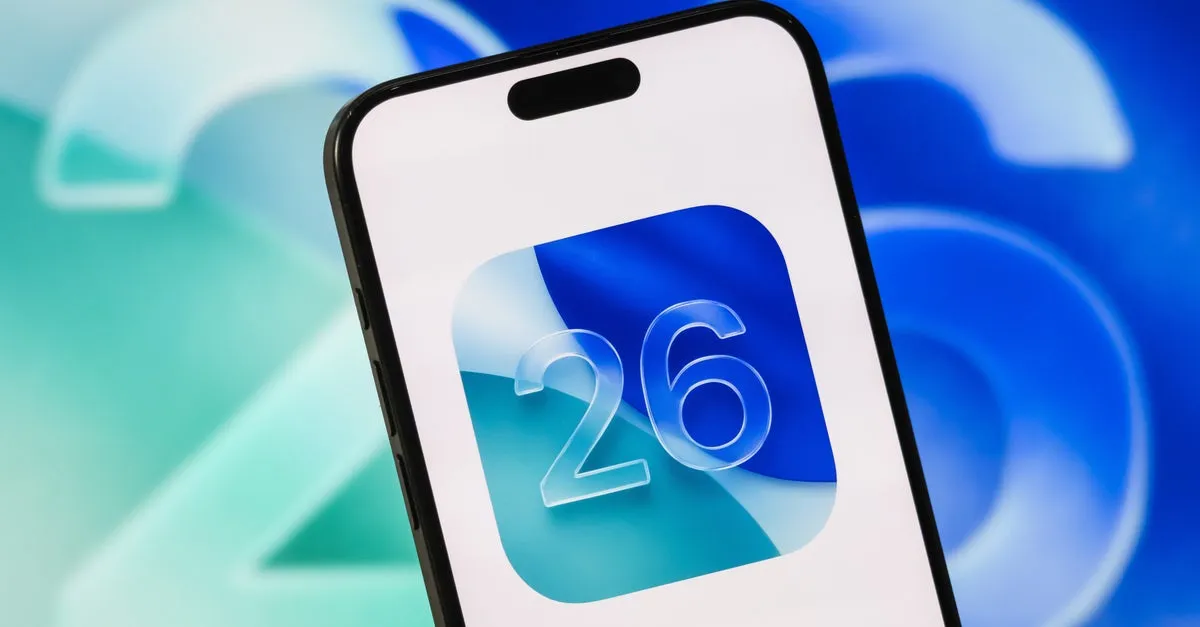
Every day, countless users find themselves trapped in frustrating phone holds, listening to elevator music and repetitive reassurances that “your call is very important to us.” Whether it’s an airline, an insurance carrier, or a health provider, the uncertainty of hold times can tether us to our phones, rendering multitasking nearly impossible. Fortunately, if you’re an Apple iOS user, there’s exciting news on the horizon. During the recent Worldwide Developers Conference, Apple unveiled a groundbreaking feature designed to alleviate this common frustration: “Hold Assist.”
The innovative “Hold Assist” feature will transform the way you handle phone calls. Instead of waiting on hold yourself, this feature will automatically take over, remain on the line, and “wait” for you. When you encounter a call with a long wait time, “Hold Assist” will silence the music, enabling you to carry on with your daily tasks uninterrupted. Moreover, it will promptly send you a notification when a human representative joins the call, ensuring you won’t miss that crucial moment you’ve been anticipating.
While “Hold Assist” is a new addition for Apple’s upcoming iOS 26, Android users have enjoyed similar functionality for a while. If you own a Pixel 3 or any newer model, you are likely familiar with the “Hold for Me” feature. This tool also waits on hold for you and alerts you when a support representative is ready to speak, making it easier to manage your time effectively while waiting for assistance.
In addition to “Hold Assist,” Apple has announced a new Call Screening feature aimed at curbing unsolicited robocalls. With this feature, if an unknown caller tries to reach you, they must first identify themselves by sharing their name and the reason for their call. Only after this information is provided will your phone ring. When it does, you’ll see the caller’s name and their stated reason on your screen, allowing you to make a quick decision about whether to answer the call.
In an era where many individuals receive dozens of scam phone calls daily, any advancement that helps reduce the influx of unwanted calls is significant. Apple’s Call Screening feature draws parallels to Google’s existing “Call Screen” functionality, which employs Google Assistant to inform callers that they are being screened. This also requires them to provide a reason for calling, and Google Assistant offers a real-time transcript to help you decide whether to pick up the phone.
Beyond these impressive call management features, Apple also announced exciting upgrades to its design and branding, enhancing the overall user experience. These advancements in iOS 26 demonstrate Apple’s commitment to improving user convenience and security, making phone communication more efficient and straightforward.
In conclusion, with the introduction of “Hold Assist” and Call Screening, Apple is setting a new standard for customer service experiences. These features not only aim to lighten the burden of waiting on hold but also tackle the persistent issue of spam calls, ultimately providing users with a smoother, more manageable communication experience.